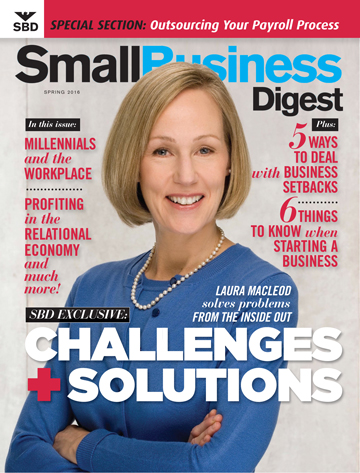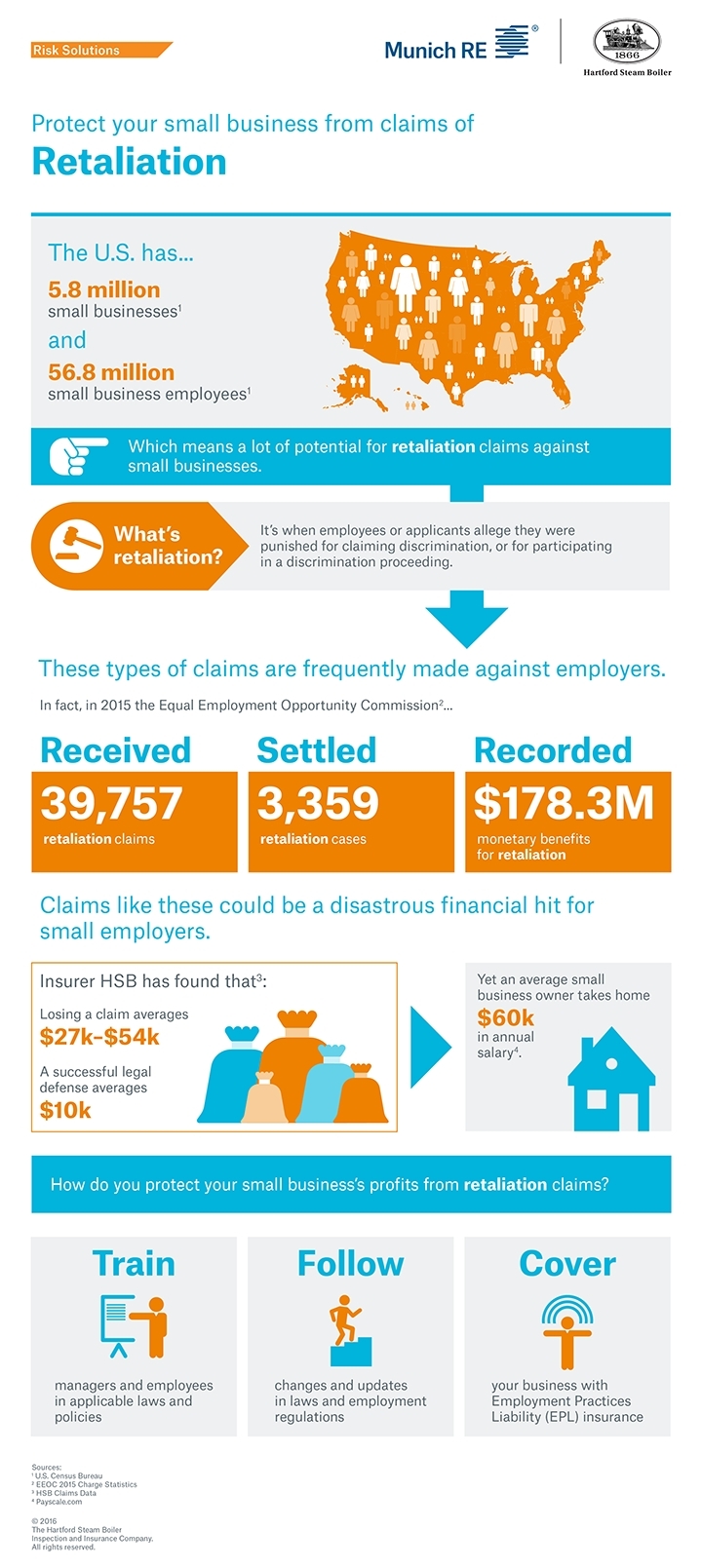9 Tips for Closing End-of-Year Sales
Each November, sales representatives everywhere feel that familiar twinge of anxiety and concern as they race to meet their year-end goals.
For many sales people this period may be a stressful time.
However, Michel Koopman of getAbstract argues it is also the perfect opportunity to sharpen sales skills, solidify existing relationships, and improve techniques to finish the year strong.
Many professionals advocate the eleventh hour sales approach during this critical time, but there are other more refined, effective ways to ensure prospects sign on the dotted line during the final two months. Here is a list of tips for inking that deal which can be applied to any business.
1. Nail down a date: It’s important to review all pending sales proposals including ones that you began working on earlier in the year. Revisit each prospect with the proposal, and agree on a timeline for their decision process.
2. Identify potential delays: The sales cycle can be a long one, and it is particularly frustrating when a prospect begins digging their heels into the ground or giving the runaround. There are many reasons why this happens such as internal power changes, mid-year management reviews, or new budget allocation.
In Smart Calling, author Art Sobczak advises “Many salespeople ask the first questions and quit...without bothering to ask the next question, the one that provides...information below the water level, which will tell them why, precisely, the prospects or customers say what they do.” By identifying these compelling events, sales representatives can better position their proposals and timelines to meet the prospect’s needs, and to ensure the proper timing to get that final signature.
3. Identify decision-makers: Sales representatives should carefully review the chain of command, and make sure they are reviewing the proposal with the ultimate decision maker. Also, it’s helpful to determine who is at the sponsor level and who is the power broker. If a sales rep can earn their support for a product or service, then they can use their influence to sway the key decision-marker.
4. Proposal approval: Explore the prospect’s mind, and distinguish the items in the proposal that resonate with them or concern them. What is their feedback? Has the sales representative spoken with the decision-makers at the right level regarding this proposal?
5. Communicate clearly: Always treat the prospects as buyers even if they voice some concerns (i.e. budget restrictions). Has the value proposition been clearly articulated? It is critical to determine how the product or service will fit into the objectives and priorities of the prospect whether it is cost-efficiency, internal expansion, or any number of goals.
Upon reviewing the proposal, this is the time to make any adjustments or changes to the selling point to align with the prospect’s needs. In Selling with a Noble Purpose, author Lisa Earle McLeod explains: “Customers can tell the difference between the salespeople who care about them and those who just care about their bonus.”
6. Value Proposition Timescale: If the sales representative is comfortable with the clearly written value proposition, the next step is to decide if that value proposition is still relevant. Has the prospective company undergone any changes or shifted business focus during the sales cycle? If so, make sure to update the approach, and present the newly drafted proposal.
7. Identify Risks: Sales representatives are always facing an uphill battle whether they are dealing with a prospect’s internal chain of command or racing to beat the competition for the business. An important question to ask: Have all risk factors been analyzed, and were the appropriate steps taken to avoid pitfalls? It’s important to implement solutions to potential problems before it happens.
8. Circle Back: Revisit past prospects that have turned down the proposal, and don’t be afraid to reposition the product or service one final time. Persistence is viewed as a sign of success, not an annoyance. It also separates good closers from great closers.
9. Show confidence: Never show fear. Never falter in the commitment to the product or service. Field the prospect’s questions or concerns with poise, and identify how to ensure the partnership will be a success.




